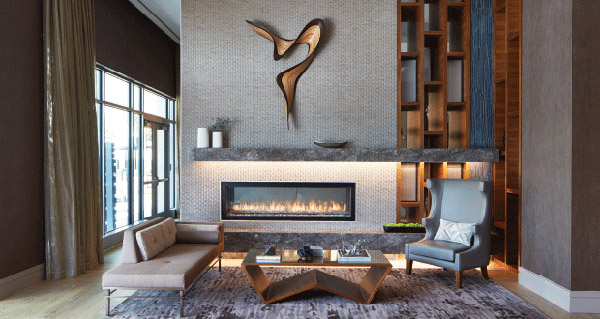








Clean, refreshing design standards are trending in the upcoming year as hotels begin to find different ways to integrate innovative technology into their properties. The standard is being tested and innovations are being created with the intention of appeasing both millennials and the already-established baby boomer generation. According to Robert Neal, principal at architecture, design, and planning firm Cooper Carry, each area of the hotel is experiencing its own design renaissance. He talked with LODGING about three spaces and the design trends that will rule them in 2017. Neal was quick to add, however, that despite varying ages and exposures to high-tech design, there is one factor that remains timeless: “The people who I talk to, and the people who I travel with, really do just appreciate something that’s unique.”
The Lobby
Many of the design choices hotels are making have to do with evolving guest expectations. For example, lobbies are no longer simply check-in points, but a place where hotels can make money and provide a unique experience for their guests. “Today, lobbies can be anything, such as an extension of F&B offerings or a hang-out space for social guests,” explains Neal. He adds that many hotels are even dropping registration desks because of the assumption that people will use their phones to check-in.
The Bathroom
The industry is seeing a trend toward more modern and contemporary design in the guestroom bathroom, and many properties are focusing on how to make the space feel more expansive and edgier. “In the past, there was a pretty standard formula of toilet, vanity, and bathtub, but now designers are starting to break that paradigm apart, put it back together, and say, ‘What can we live with, how do we do it, and what areas does it work in?’” Neal sees innovative bathroom design as a way for hotels to differentiate themselves from competitors.
The Guestroom
The push for technological upgrades has also translated to the guestrooms, where WiFi is as much of a necessity as power, water, and heat. To better serve guests, many hotels have started to incorporate WiFi-enabled technology into their designs. “You’re starting to see people’s personal computers sync immediately when they walk into the room and connect to the in-room devices,” says Neal. Some properties have adapted their design strategy to accommodate these guests by replacing in-room televisions with interactive screens that not only sync with personal devices, but also can relay information about the property and surrounding area. “This technology is quite fascinating in where it’s going right now, and it’s going at very, very fast speeds,” he adds.
Copyright 2006-2025 Shanghai Sinoexpo Informa Markets International Exhibition Co., Ltd. All rights reserved